The Hulk character and the concepts behind it have been raised to the level of iconic status by many within and outside the comic book industry. In 2003 the Official PlayStation magazine claimed the character had "stood the test of time as a genuine icon of American pop culture."
New Hulk
The Hulk is often viewed as a reaction to war. As well as being a reaction to the Cold War, the character has been a cipher for the frustrations the Vietnam War raised, and Ang Lee said that the Iraq War influenced his direction. In the Michael Nyman edited edition of The Guardian, Stefanie Diekmann explored Marvel Comics' reaction to the September 11, 2001 attacks. Diekmann discussed The Hulk's appearance in the comic book Heroes, claiming that his greater prominence, alongside Captain America, aided in "stressing the connection between anger and justified violence without having to depict anything more than a well-known and well-respected protagonist."New Hulk
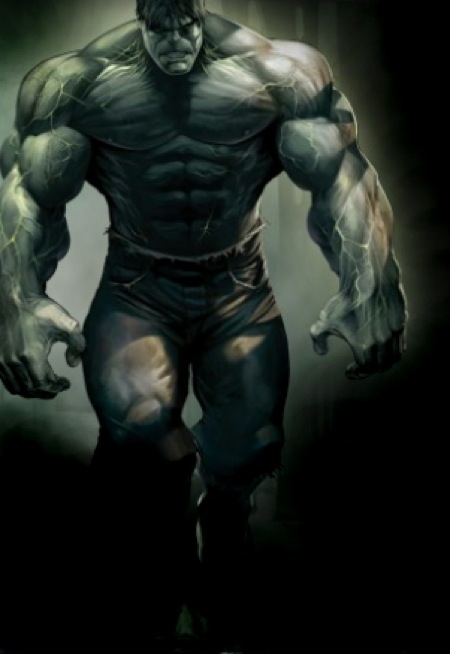

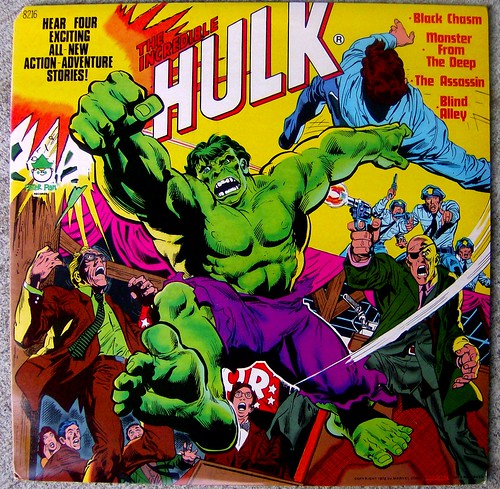

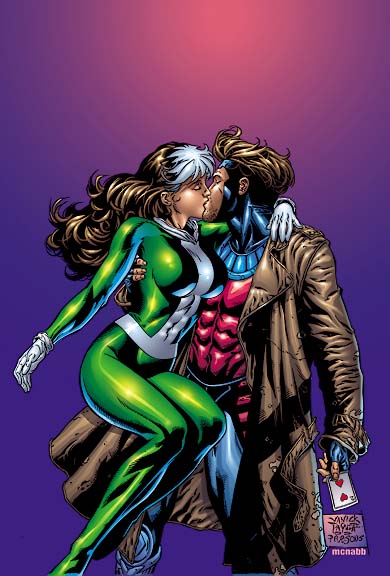



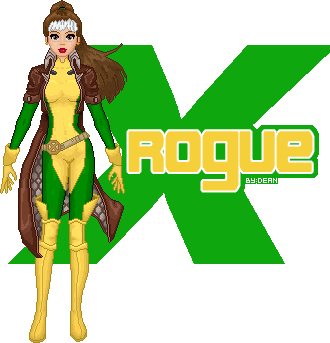
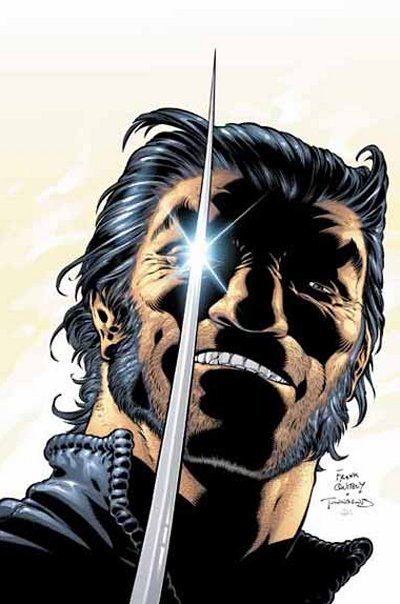
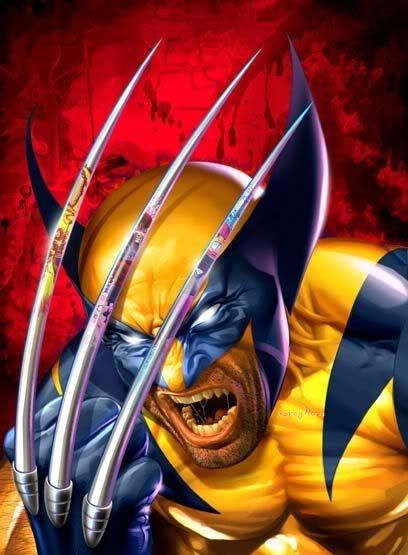



 Bugs Bunny Cartoons
Bugs Bunny Cartoons


